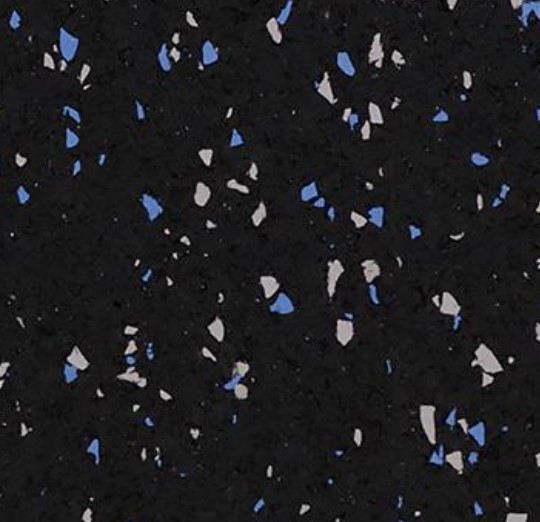Typography is a crucial element of web design, often playing a major role in the overall aesthetics and functionality of a website. Choosing the right fonts, sizes, and spacing can make a website visually appealing and easy to read, while poor typography choices can make a website look cluttered and unprofessional. In this blog post, we’ll discuss the dos and don’ts of typography in web design.
Dos:
1. Choose fonts wisely: When it comes to typography in web design, less is often more. It’s important to choose a font that is easy to read and fits the overall aesthetic of the website. Stick to one or two fonts throughout the website to create a cohesive look. Make sure the fonts are legible on all devices and screen sizes.
2. Use hierarchy: When designing a website, it’s important to establish a clear hierarchy with typography. This means using different font sizes, weights, and colors to indicate the importance of different sections of the website. Headings should be larger and bolder than body text, and links should be a different color or style to stand out.
3. Pay attention to spacing: Proper spacing is essential for good typography in web design. Make sure there is enough space between lines of text (leading), words (tracking), and letters (kerning) to improve readability. Too little spacing can make the text look cramped and difficult to read.
4. Consider responsive design: With the increasing use of mobile devices, it’s important to consider responsive design when choosing typography for a website. Make sure the fonts are legible on smaller screens and adjust the font sizes and spacing as needed for different screen sizes.
5. Test different options: Before finalizing the typography for a website, it’s important to test different options to see what works best. Try out different fonts, sizes, and spacing to find the optimal combination for readability and aesthetics.
Don’ts:
1. Use too many fonts: One of the biggest typography mistakes in web design is using too many fonts. Stick to one or two fonts throughout the website to create a cohesive look. Using too many fonts can make a website look cluttered and unprofessional.
2. Use decorative fonts for body text: While decorative fonts can add personality to a website, they are often difficult to read in large blocks of text. Stick to simple, sans-serif fonts for body text to ensure readability.
3. Ignore font licenses: When using fonts in web design, it’s important to pay attention to font licenses. Make sure you have the appropriate licenses for any fonts you use on your website to avoid legal issues.
4. Use default settings: While default fonts and sizes may be convenient, they are often not the best choice for web design. Take the time to customize the typography on your website to create a unique and visually appealing design.
5. Neglect user experience: Ultimately, the goal of good typography in web design is to enhance the user experience. Make sure the typography is legible, easy to read, and accessible to all users, including those with visual impairments.
In conclusion, typography plays a critical role in web design, affecting both the aesthetics and functionality of a website. By following the dos and don’ts of typography outlined in this blog post, you can create a visually appealing and user-friendly website that stands out from the crowd. Remember to choose fonts wisely, establish hierarchy, pay attention to spacing, consider responsive design, and test different options to find the best typography for your website. Avoid using too many fonts, decorative fonts for body text, neglecting font licenses, default settings, and neglecting user experience. With these tips in mind, you can create a website with typography that enhances the overall design and user experience.










